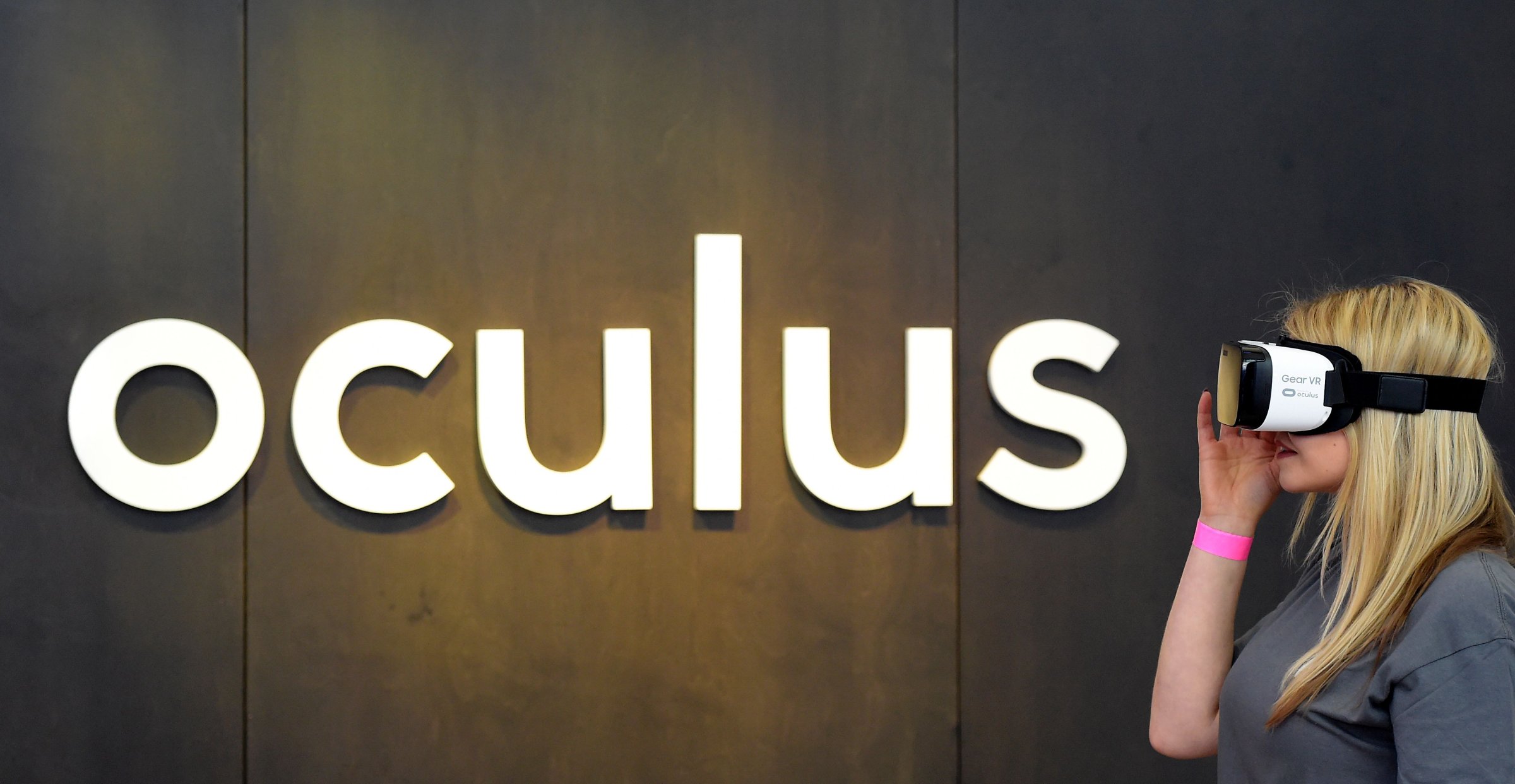
Mac owners hoping to get their hands on the Oculus Rift virtual reality headset are out of luck. And it’s all because they’re running second-rate computers.
That’s the claim from Oculus VR founder Palmer Luckey, who spoke to video games website Shacknews in an interview published Thursday. When pressed on when Oculus Rift might eventually work with Macs, Luckey said it’s ultimately “up to Apple.”
“If they ever release a good computer, we will do it,” Luckey said in the interview, taking a shot at the company’s Mac line.
Luckey didn’t stop there. He added that if a consumer buys a “$6,000 Mac Pro,” referring to Apple’s high-end desktop computer, he or she still wouldn’t have the graphical firepower required to run the Oculus Rift.
Oculus first came on the virtual reality scene in 2012 with a Kickstarter campaign aimed at raising enough money to build the Oculus Rift virtual reality headset. Luckey was 20 years old. The Kickstarter campaign caught fire and ultimately raised $2.4 million. In March 2014, Facebook acquired Oculus VR for $2 billion.
Since then, Oculus has been working on its Rift headset to compete in what promises to be a crowded field. The Oculus Rift will start shipping this month. The device costs $599. Several other companies, including Sony, Samsung, and HTC, are all working on virtual reality headsets.
The virtual reality hype is at a fever pitch. After years of anticipation, 2016 promises to either be the year that VR headsets, which place users into 3D environments, take off or once again flounder. Indeed, headsets launched in the past ultimately fell flat. Oculus, along with its competitors, believe things will be different this time around.
However, the challenge for all of the headset makers will be getting content to the devices. Oculus will rely upon games running on Windows PCs in order to deliver that content to the headset. Other platforms, like the Sony PlayStation VR, will use content from the PlayStation 4.
The other issue with virtual reality is that the content typically requires high-end graphics, meaning a top-of-the-line computer is required to get the full experience. VR video games are not traditional titles that limit users to what they see in the screen. Instead, gamers are placed inside the games (or movies and other content) and allowed to look around. A 360-degree graphical environment, in other words, is far more complex and requires the full might of today’s computers to deliver that complexity to a headset.
Realizing that, the Oculus website lists several Windows-based computers that would work with the Oculus Rift. Not surprisingly, they’re all high-end PCs with extremely expensive video cards. Apple’s computers come with less-powerful video cards.
Despite Luckey’s seeming troubles with Apple’s current computers, he didn’t ultimately count out the iPhone maker. He told Shacknews that if Apple ever updates its graphics cards to an option that would accommodate the Rift’s requirements, he’d “love to support Mac.”
“But right now, there’s just not a single machine out there that supports it,” he said.
Apple did not immediately respond to a request for comment.
This article originally appeared on Fortune.com
More Must-Reads From TIME
- The 100 Most Influential People of 2024
- Coco Gauff Is Playing for Herself Now
- Scenes From Pro-Palestinian Encampments Across U.S. Universities
- 6 Compliments That Land Every Time
- If You're Dating Right Now , You're Brave: Column
- The AI That Could Heal a Divided Internet
- Fallout Is a Brilliant Model for the Future of Video Game Adaptations
- Want Weekly Recs on What to Watch, Read, and More? Sign Up for Worth Your Time
Contact us at letters@time.com